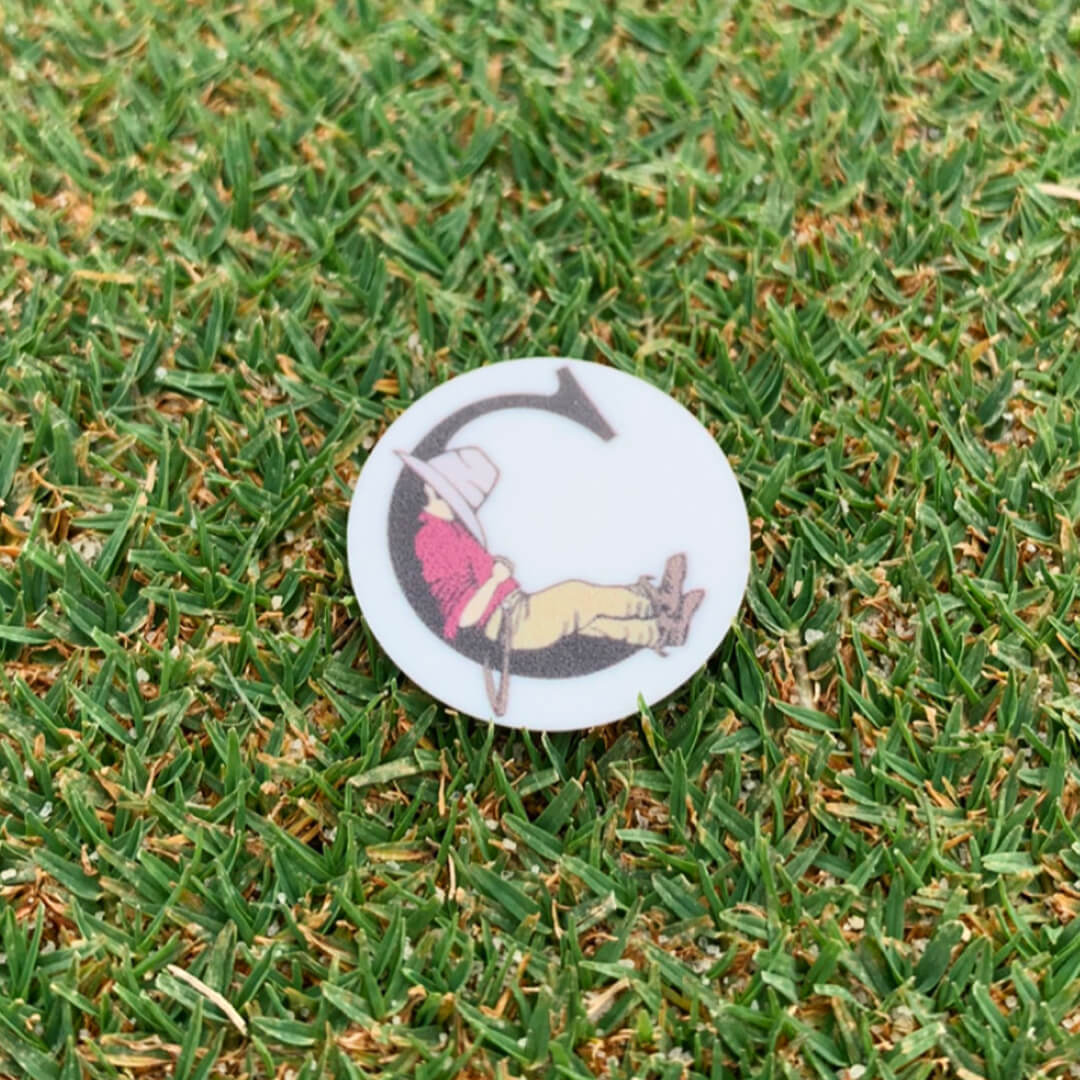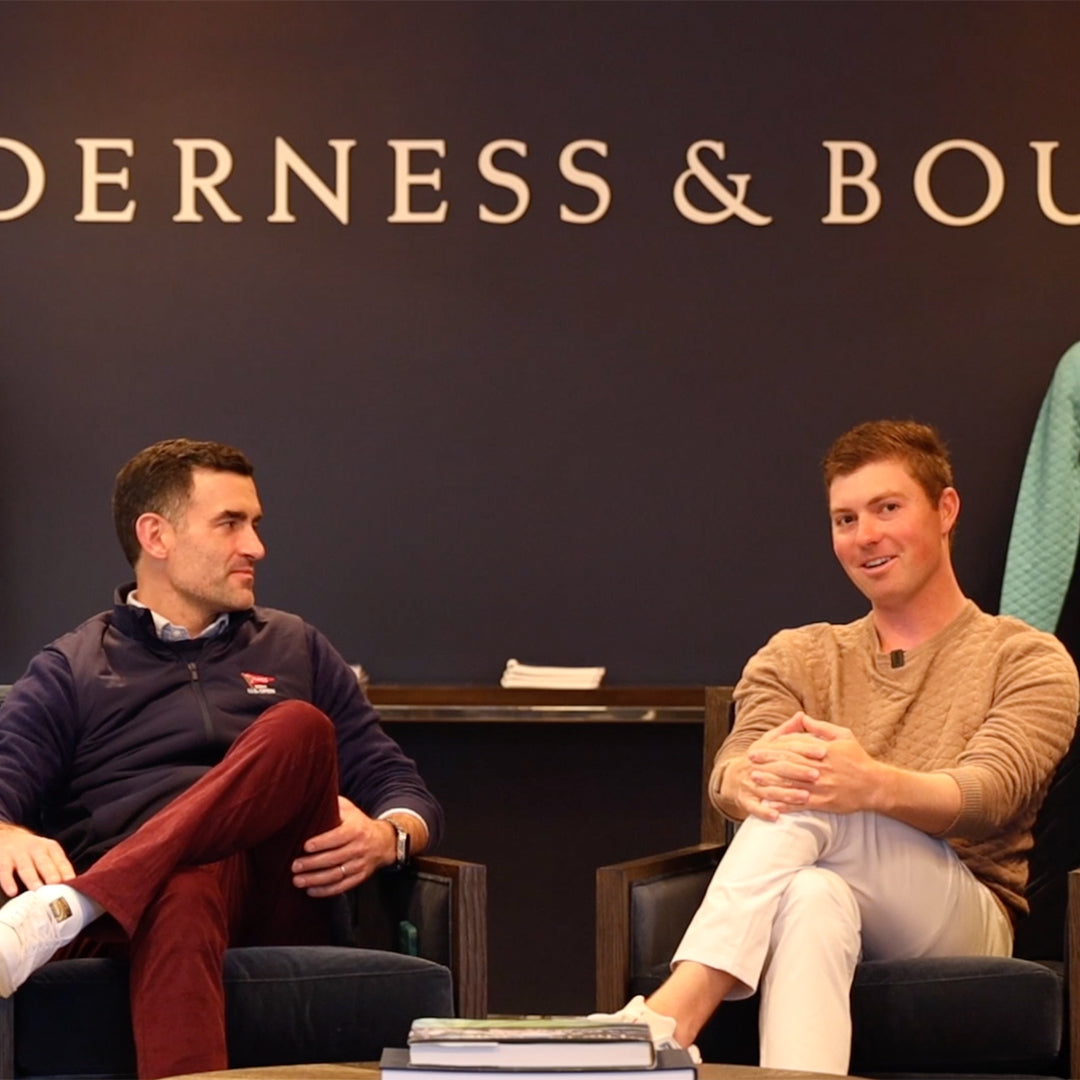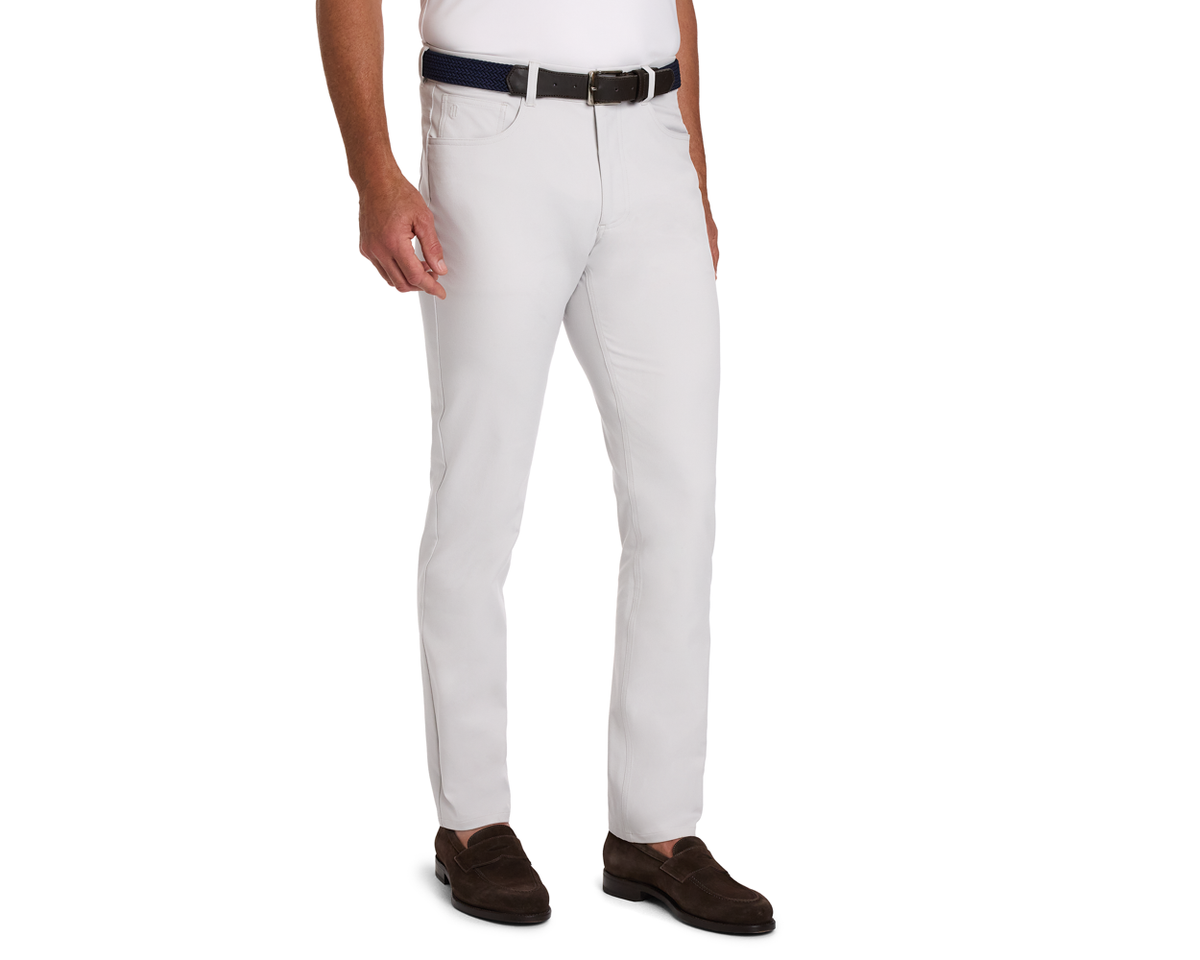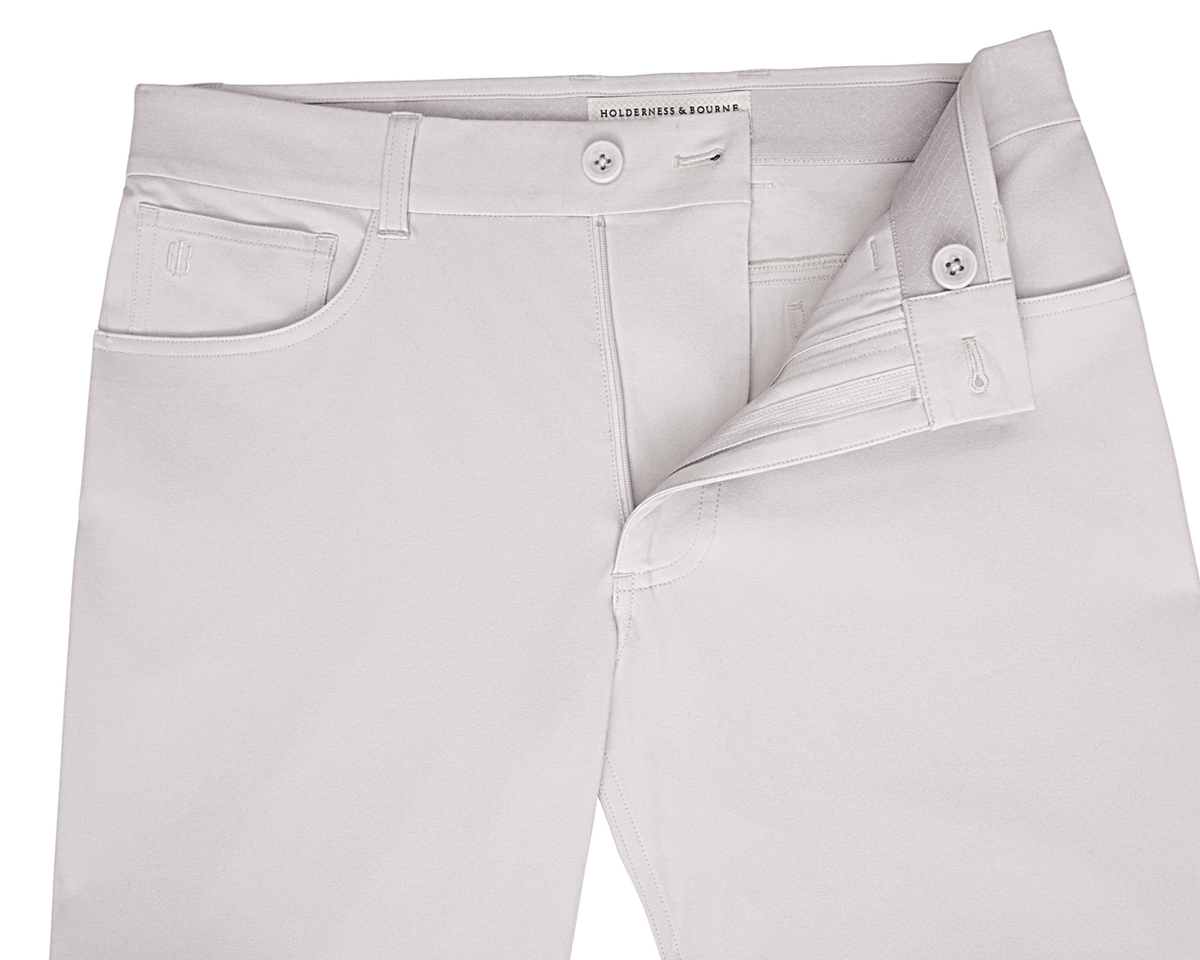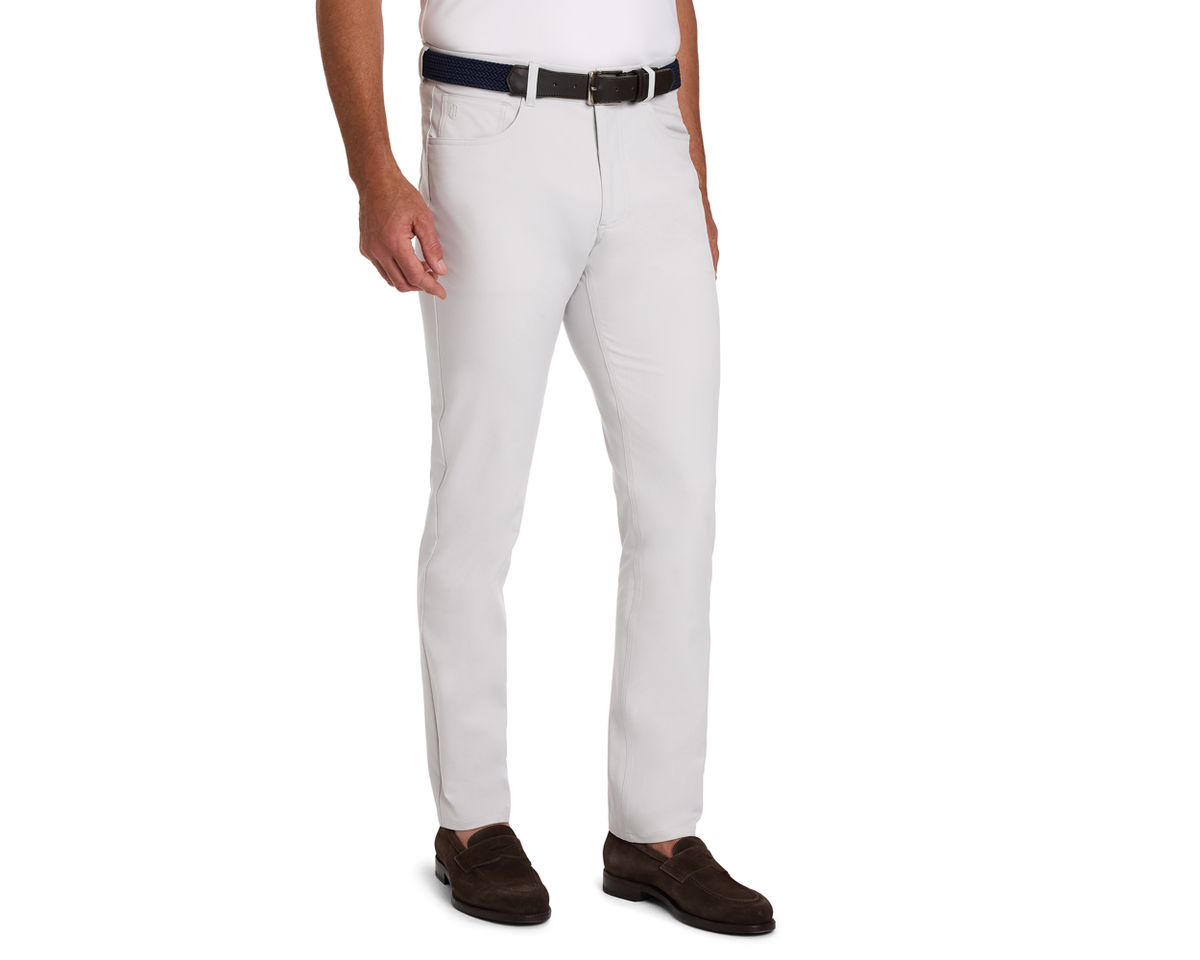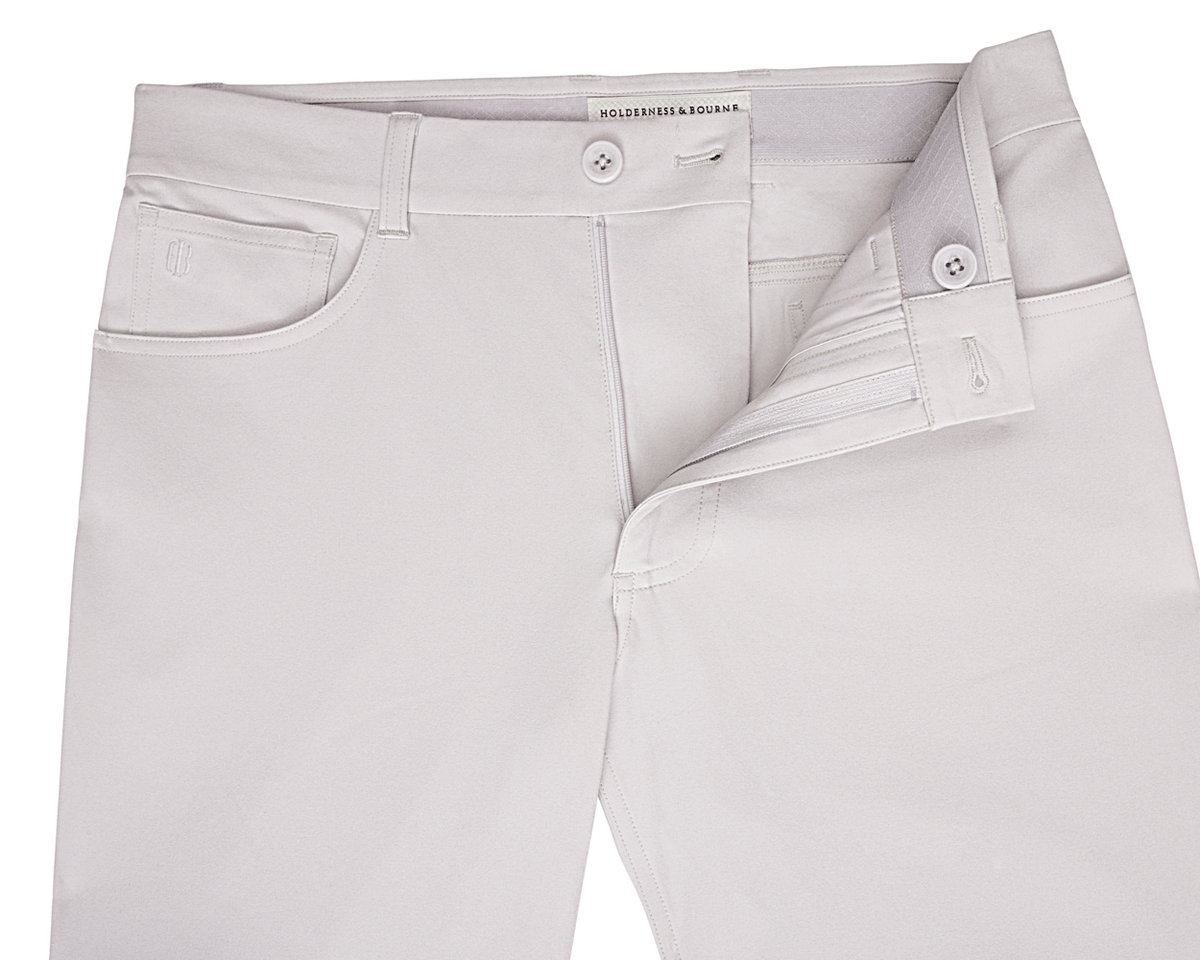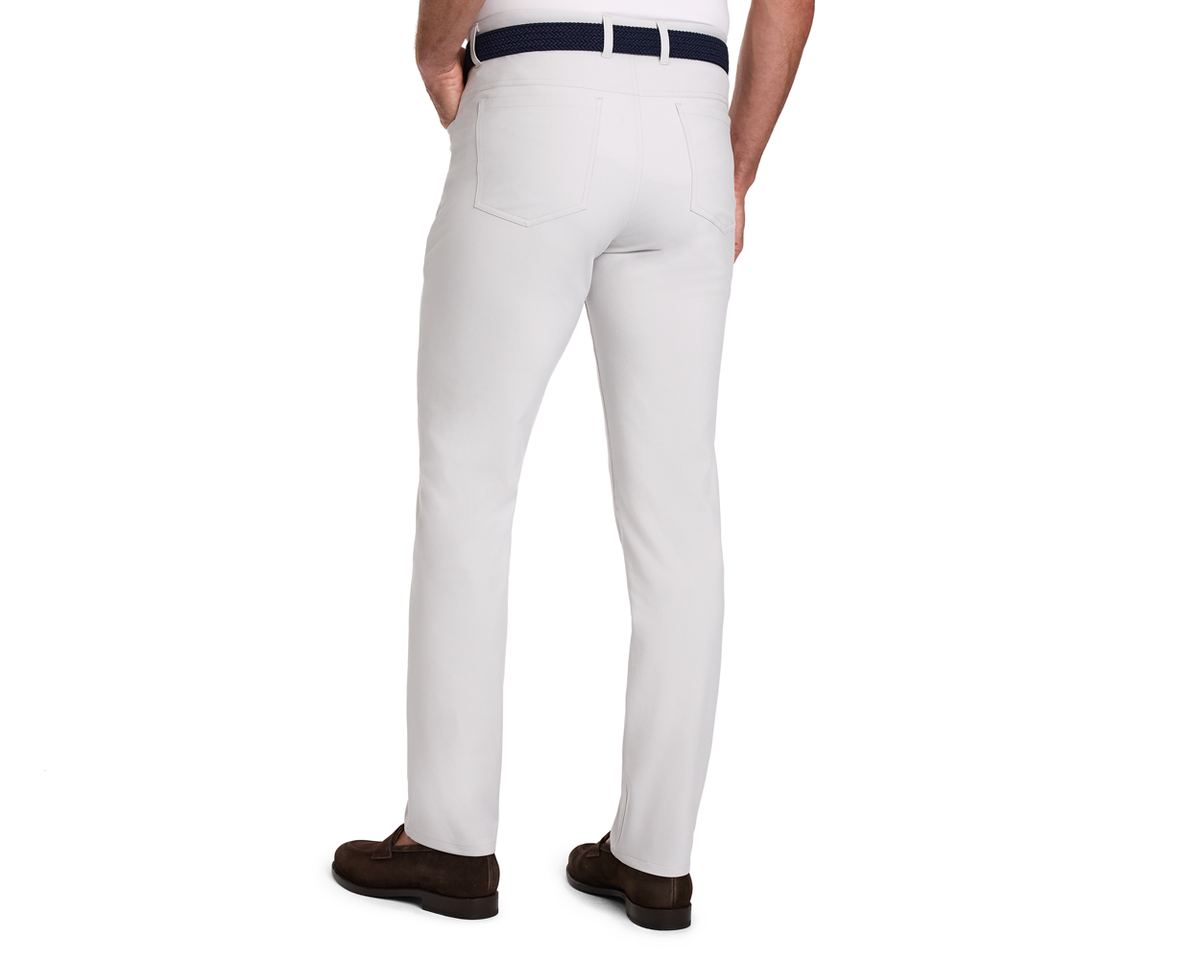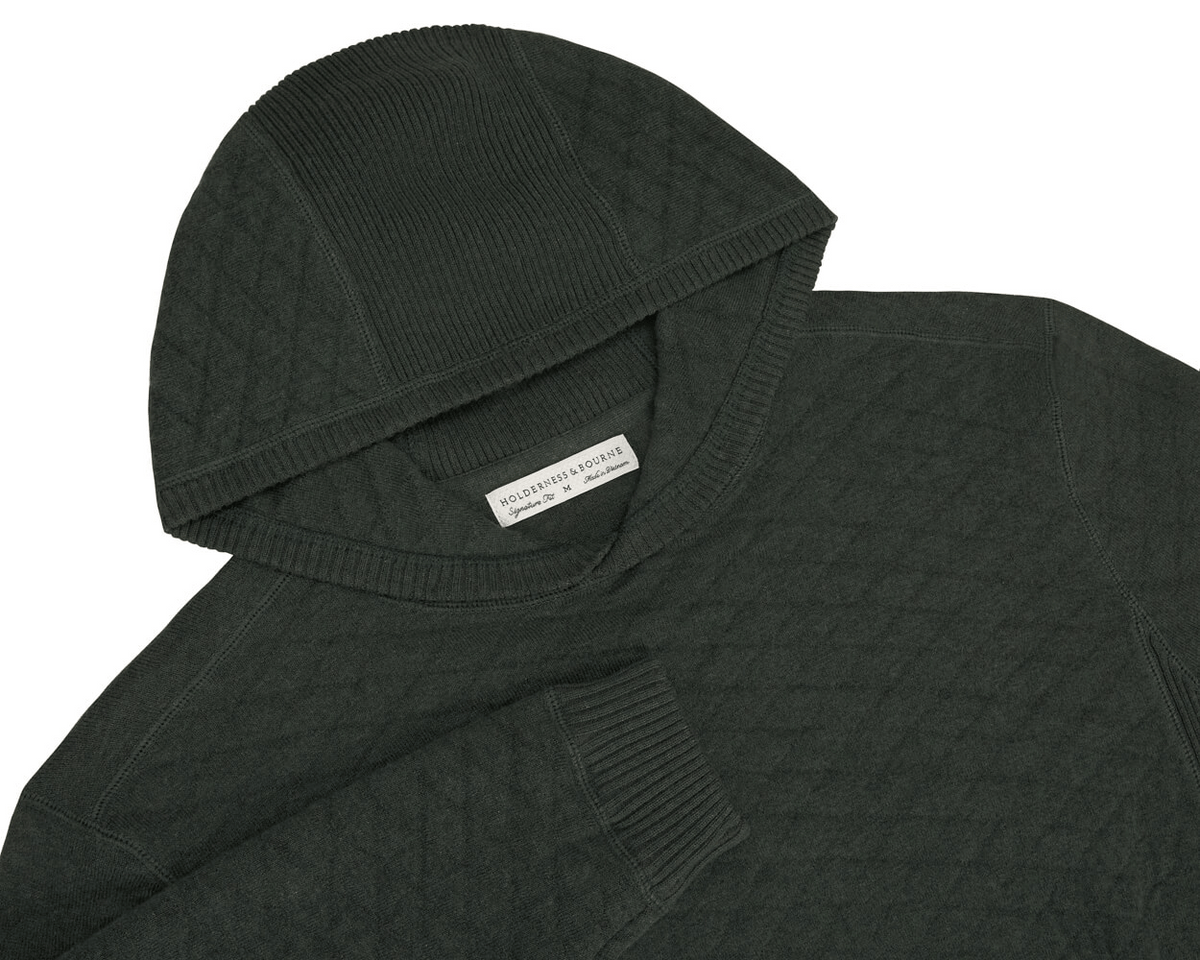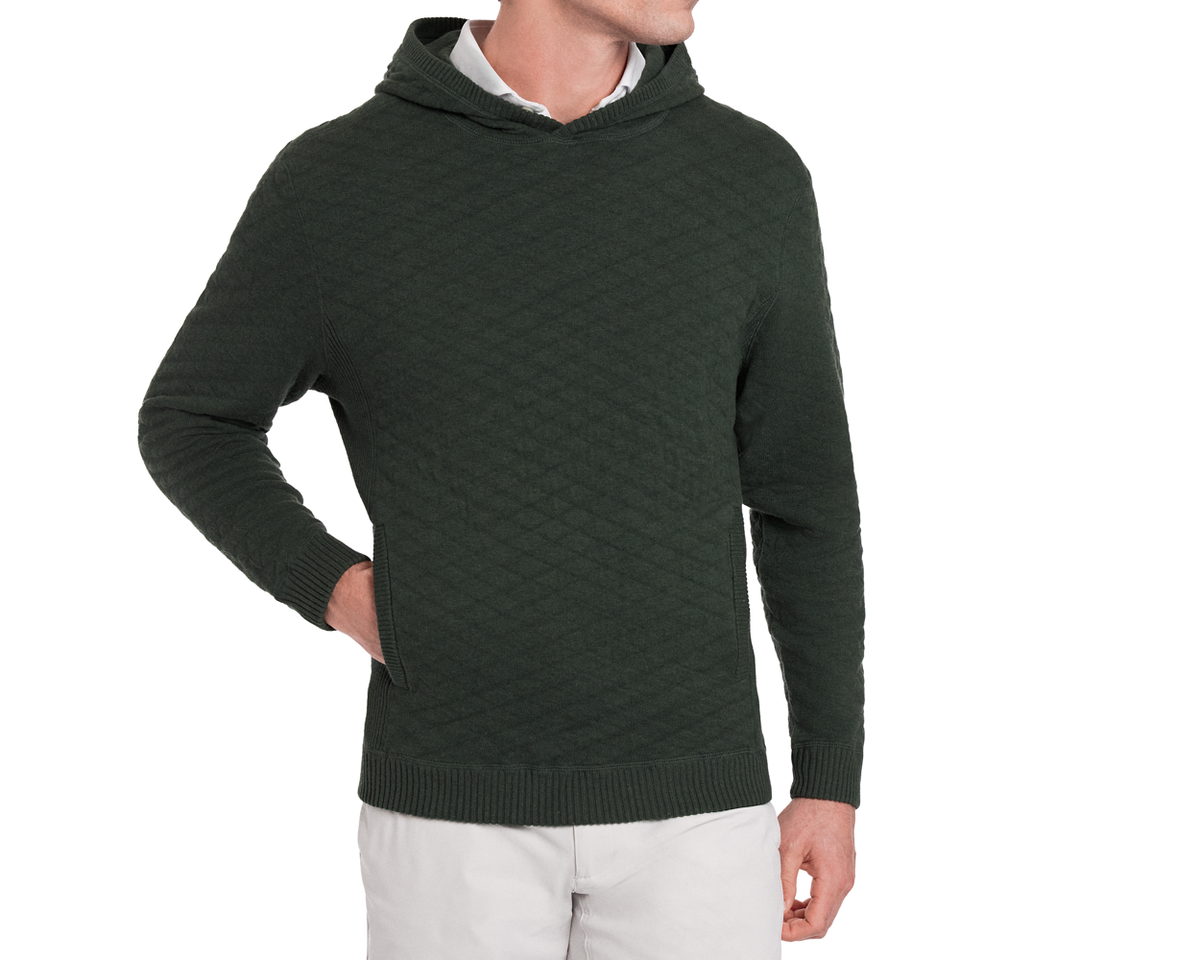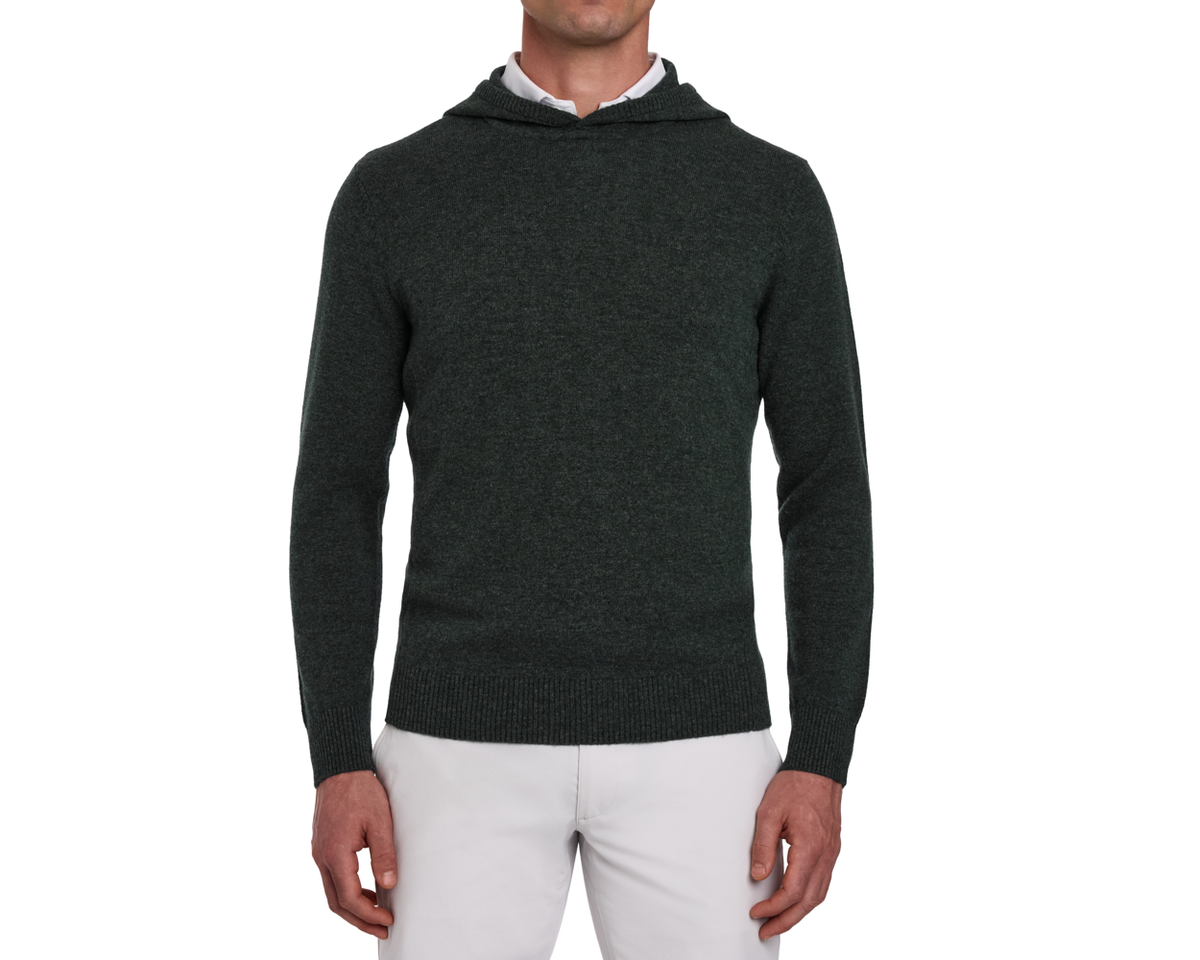by Tom Coyne
It makes for an unwieldy moniker: Cradle of Liberty. Cradle of Civilization. Cradle of American Golf. As a noun, it denotes a place of origin, and how many locations can genuinely claim the first footprints of freedom, life, or golf, for that matter? American golf might have begun in Charleston or Yonkers or West Virginia—certainly not the pines of North Carolina. But cradle serves as a verb as well, and when it comes to nurturing, preserving, and supporting golf, Pinehurst owns the label better than any town in America.
Consider its courses—10 in total, plus a prized short course and Thistle Dhu, a vast putting Eden. Recall the names that have shaped the sand there—Donald Ross, Bill Coore and Ben Crenshaw, Gil Hanse, Jack Nicklaus, Tom Fazio, Tom Doak, Ellis Maples, and Rees Jones. It has hosted a Ryder Cup and US Opens and amateur championships aplenty, and if its status as the Cradle of American Golf needs any more validation, the USGA is transporting a chunk of its operations to the neighborhood, where visitors will tour a six-acre campus showcasing the past and future of golf in the United States. Just as the Liberty Bell rests in Philadelphia, so does American golf call Pinehurst home. It’s quite a turn of events when you consider that the place got its start as an upscale sanitorium.
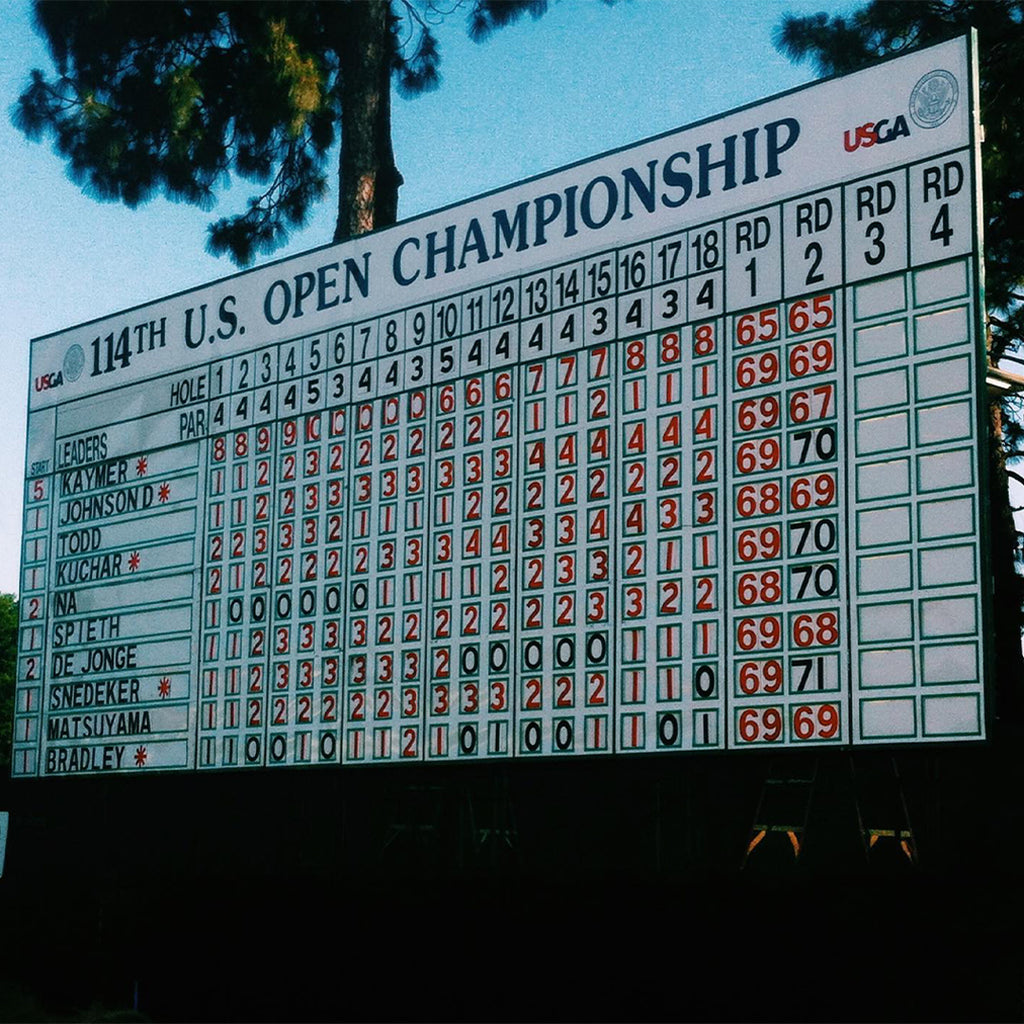
In the late 1890’s, James Walker Tufts saw the potential of the North Carolina sandhills as a fresh-air retreat for middle-income folks who had grown sick and weary from decades of industrial boom. Fredrick Law Olmsted, designer of New York’s Central Park, laid out the village, and it would grow into a golf colony when Tufts spotted guests knocking white balls around a cow pasture. Donald Ross designed its first three courses (a rudimentary first course was already there when Ross arrived, which he reshaped) and the routings recently hit double digits with a new dunescape uncovered by Tom Doak. The toughest tee time on the property, however, probably goes to The Cradle, because any Pinehurst day might begin on one of the big courses, but they all seem to end with eightsomes at The Cradle, where guests tote wedges in canvas sacks, pausing by the wood-paneled drink cart to sit and soak in the glory of its 789 magical yards. (If magic sounds like an overstatement, consider that Gil Hanse has played a few lifetimes’ worth of golf holes, but had to build Pinehurst’s short course before carding his first ace.
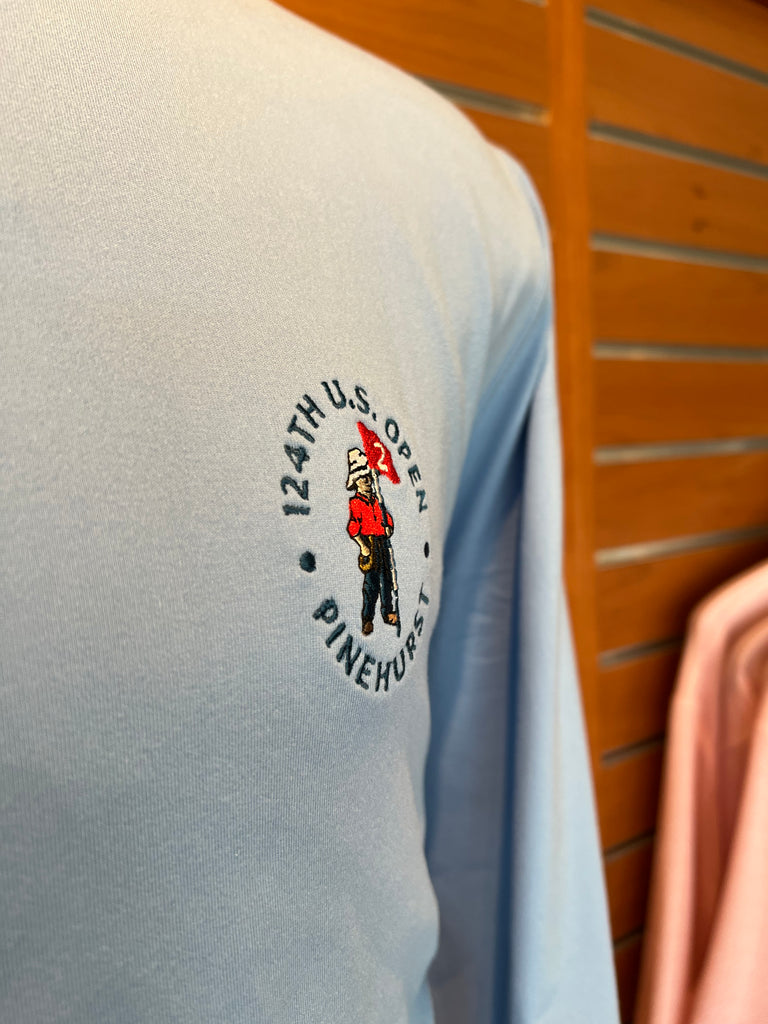
For all its on-course bona fides, you need to leave the fairways to fully understand why Pinehurst is St. Andrews’ American kin. It’s away from the courses, strolling the shops of Chinquapin Road or sipping a pint off Market Square, peering in the windows of the antique shops or resting on a park bench. Eavesdropping on the porch at the Carolina Hotel or sampling the pro shops, arms draped with U.S. Open souvenirs where you feel most cradled by Pinehurst, its people, and the game. Whether you’ve visited before or are setting foot for the first time, a golfer arriving in Pinehurst is a trip back home, that rare enclave where one can assume that every passing face knows what it’s like to split a fairway or yank a three-footer. Being a golfer amongst golfers—there’s a peace and joy to it all, no matter what you shot that morning, as if a warm and collective gratitude blankets the town. Tufts built the place to foster a different sort of well-being, its pine breezes meant to cure air-born illnesses from up north, but today it’s a salve for anyone who walks off an 18th green and already itches for another go. If you’ve done Pinehurst right, you’ll leave a little more leg-weary than when you arrived, and that’s fine. You can rest when there isn’t another course to cross or another side street to explore. And when you do, you can wrap yourself in thoughts of golf’s perfect little town, cradled by memory until your clubs land here again.

